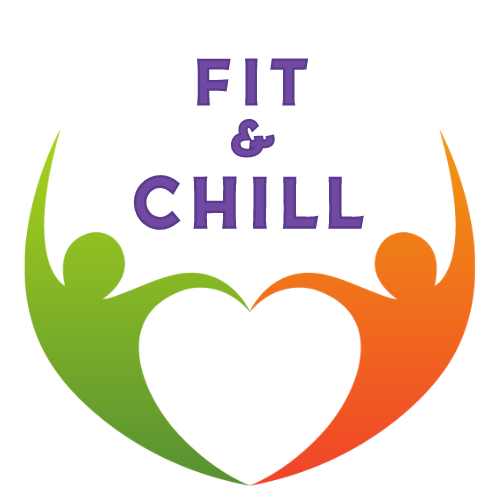Step by Step Guide
- Starting Position (High Plank):
- Begin in a high plank position with your hands directly under your shoulders and your body forming a straight line from head to heels.
- Engage your core muscles by drawing your navel towards your spine and bracing your abdominals.
- Keep your feet hip-width apart and your toes pressing into the ground for stability.
- Lower to Low Plank:
- From the high plank position, lower yourself down to a low plank position one arm at a time.
- Begin by lowering your right forearm to the ground, followed by your left forearm, until you are in a forearm plank position.
- Maintain a straight line from head to heels as you lower yourself down, keeping your core engaged throughout.
- Maintain Low Plank Position:
- Hold the low plank position for a brief moment, making sure to keep your body stable and your core engaged.
- Keep your elbows directly under your shoulders and your forearms parallel to each other.
- Return to High Plank:
- From the low plank position, push yourself back up to the high plank position one arm at a time.
- Begin by pressing through your right forearm, followed by your left forearm, until you are back in the high plank position.
- Keep your core engaged and your body in a straight line as you return to the starting position.
- Repeat the Movement:
- Continue to alternate between the high plank and low plank positions, moving with control and maintaining proper form throughout the exercise.
Benefits of The High Plank to Low Plank
- Core Strengthening: This exercise targets the entire core, including the rectus abdominis, obliques, and transverse abdominis, to improve strength and stability.
- Upper Body Endurance: Moving between the high plank and low plank positions engages the shoulders, chest, and triceps, helping to increase upper body endurance.
- Improved Coordination: Alternating between the high plank and low plank positions challenges coordination and proprioception, enhancing overall body awareness.
- Functional Strength: The dynamic nature of the exercise mimics real-life movements and activities, helping to improve functional strength and performance.
Tips for Beginners:
- Start Slowly: Beginners should begin with a slower pace and focus on maintaining proper form throughout the movement.
- Control the Movement: Lower and raise yourself between the high plank and low plank positions with control, avoiding any sudden or jerky movements.
- Modify as Needed: If lowering to the low plank position is too challenging, beginners can start on their knees before progressing to the full plank variation.
- Listen to Your Body: If you experience any discomfort or strain, stop the exercise and reassess your form before continuing.



Leave A Comment